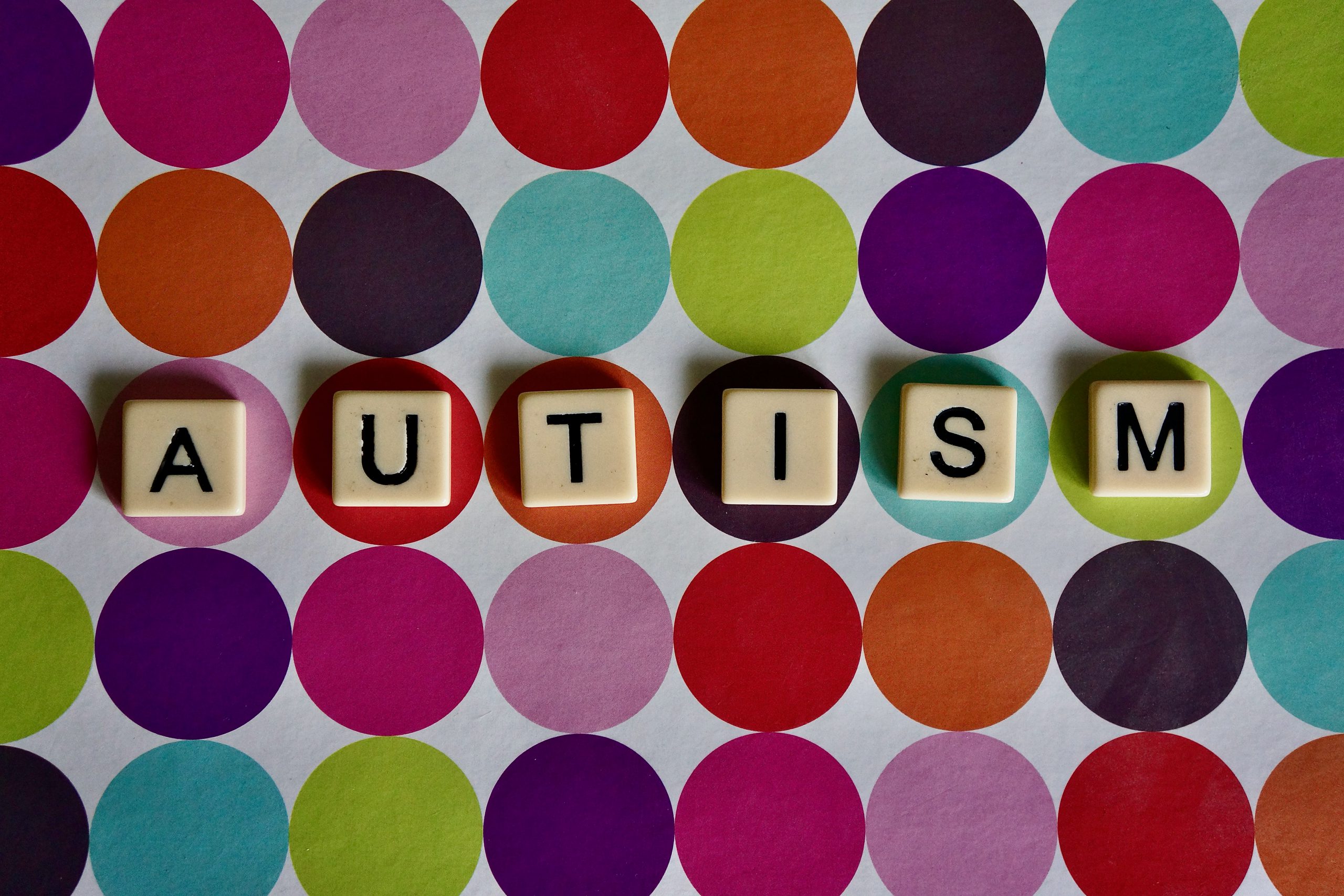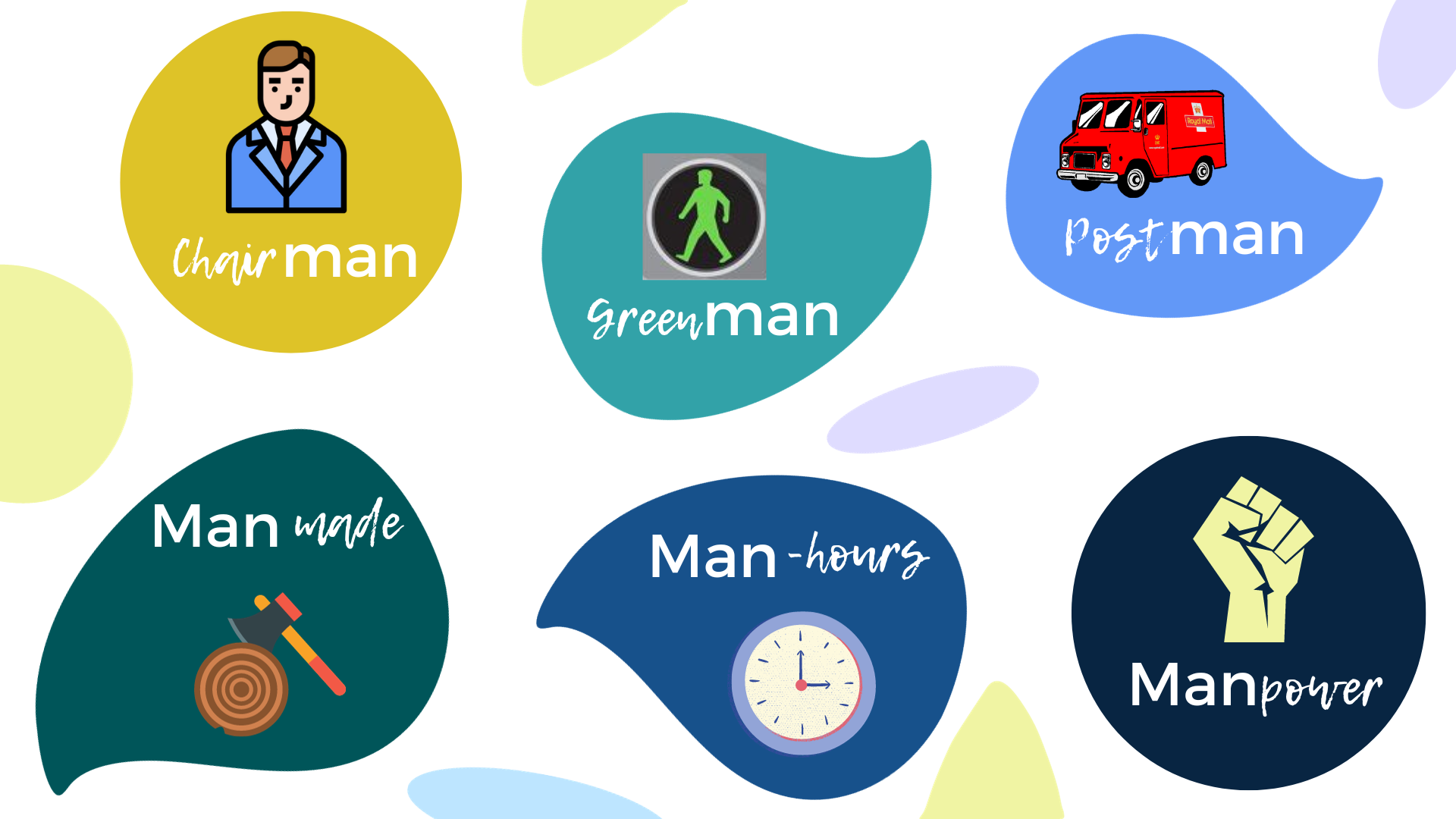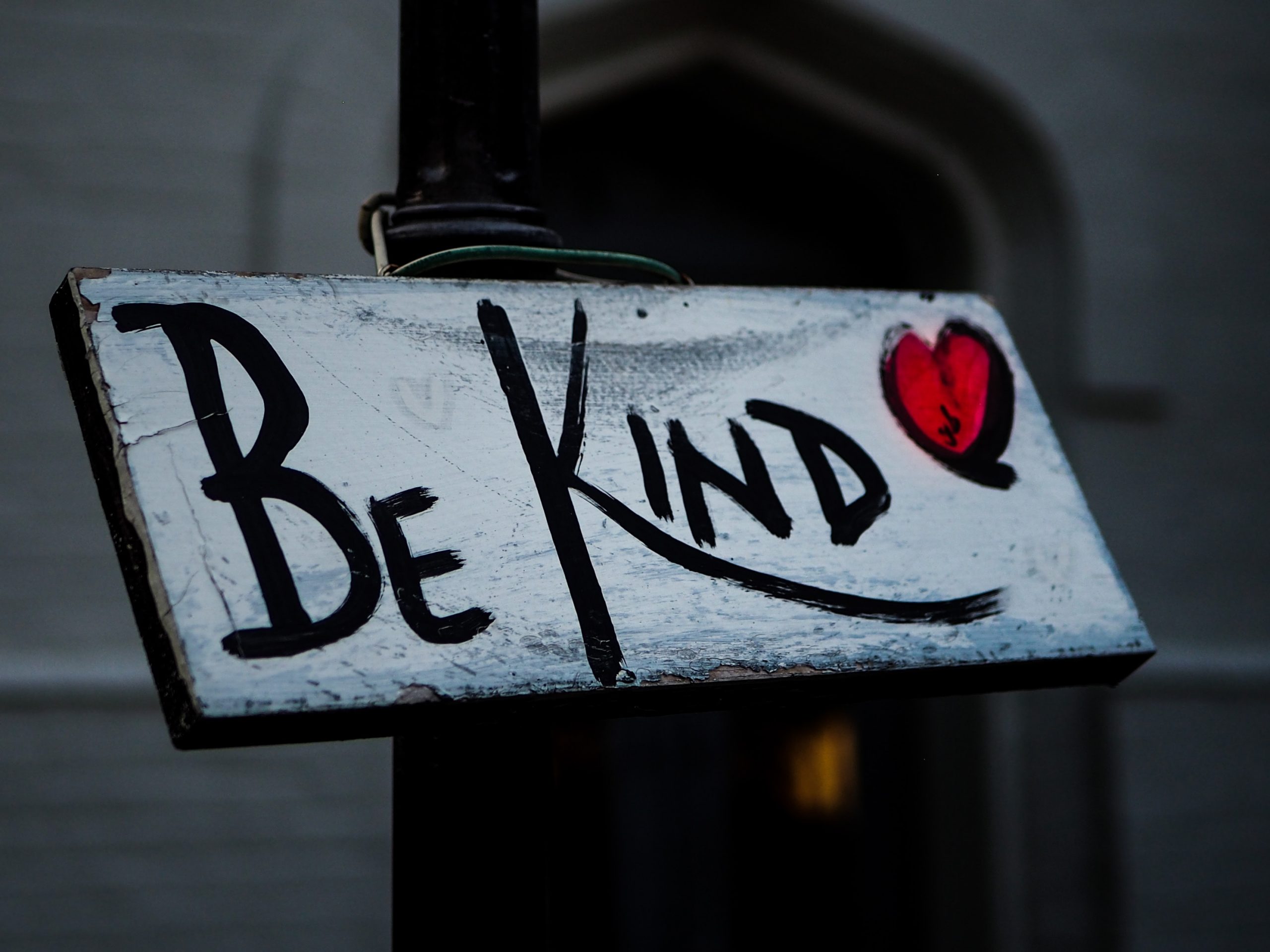16th December, 2022 • 4 min

Written by Augusta Vivian
3rd October, 2023 • 6 minutes

You sometimes hear people say inclusion is about treating everyone equally. But it is more than that, if we treat everyone equally then we are not including everyone in the way they need to be included.
To adapt our style and our approach to those around us and truly include everyone we must show equity.
This image is a great example of the difference between equality and equity. When everyone is given the same bike (given equal resources) only one person has a bike that is fit for purpose. When we use equity and give each person the bike they need for their circumstances, we create an equal outcome, where everyone can reach the peddles.
We have probably all seen the statistics on why a diverse team is a better team:
But again, diversity on its own is not enough. We need inclusion of diversity. If we have a very diverse team who do not feel included we miss out on the benefits diversity brings and lack that happy, thriving culture we all strive for.
So how can we all be more inclusive?
Here are 5 strategies to be inclusive of diversity.
If you are involved in any process, for example in recruitment choosing a candidate for a role, ensure there is a system that is as free from bias as possible. If your hiring choices are based on “gut decision” then you are making decisions based on unconscious bias.
Think about equity, not equality. As in the bike image above, are you giving everyone equal chance of success, not just equal opportunity?
Everyone has different headwinds and tailwinds. Our headwinds are things that can hold us back, for example in some contexts that might be being black, a woman or being young. And tailwinds are what propel us forward, for example our educational background, a stable family or being white in some contexts.
To be fair, and to make fair decisions, we should be aware of and address cultural capital.
Cultural capital is the cultural and social knowledge an individual has that promotes social mobility in a stratified society. Just because someone doesn’t wear the ‘right’ clothes to a meeting doesn’t mean they aren’t right for the role, if they don’t have anyone to role model this then how are they supposed to know? We make judgements about others, because it’s different from the way we were taught. Your cultural capital might be a tailwind, for others, the lack of it might be a headwind.
Make time to think about the other person’s headwinds, tailwinds, cultural capital and give everyone opportunity for the same outcome.
2. Adapt to differences and listen to others
There are many ways that humans are different – in our communication styles, personalities, background, experience, neurodiversity, the list could go on. Sometimes we think that our way is the right way without acknowledging the different styles around us and adapting to those.
Take behavior styles, you might like direct fast communication, whereas someone else may prefer a longer explanation and time to think. If we are not aware of the communication style of those around us and not being conscious to adapt (when necessary) to them then we miss an opportunity for trust building, strong relationships and including every style. Make space to ask your team – “how do you best like to communicate?”
Or with neurodiversity, if you have an autistic individual in your team who finds the lights and sounds of the office incredibly difficult and overwhelming, but you are asking everyone to be in the office in the same way, you are not being inclusive in your expectations. Create a safe space for people around you to share what they find particularly challenging.
Your way may not be the only way, make time to listen and adapt to others.

3. Create space for everyone to be heard
In a 6 person meeting 3 people do 70% of the talking. This means 50% of the group are dominating the conversation. If you are hosting the meeting, create space for everyone to share, create an equal voice.
You can do this by asking everyone to think before they share, some people are better at thinking while they talk than others, if you are always asking questions which demand instant replies you are biased towards those quick thinkers.
Other strategies are to invite people in who haven’t spoken, virtually use the raise hand function to avoid interrupting (men are 33% more likely to interrupt a women than a man), create small group discussions, use digital sharing platforms like mentimeter or slido, set up anonymous surveys, and prime people ahead of the meetings/conversations about what you are going to be discussing and how they can prepare to be involved. And finally, recognise people when they do share, acknowledge their thoughts and ideas.
4. Be aware of your bias
There are three cognitive biases to be really aware of when it comes to inclusion and how we treat others.
Similarity bias: we show preference to people who are similar to us, this might be similarly-minded or similarly-looking to us. The risk of this is that we hire people like us, we promote people like us and so we don’t create and promote diversity.
Halo effect: our overall impression of someone is influenced by one characteristic. For example, research shows teachers give ‘attractive’ students more of their time in class and rate their grades above average. We may get a better appraisal due to our positive energy, rather than our work output, or decide that because they went to Oxbridge they must be great for the role, and overlook their specific skill set.
The opposite to the halo effect is the horn effect, we judge a person negatively based on only one characteristic. We hate to admit this bias as it makes us feel vain! But, accepting it exists helps you to notice and overcome it.
The CEO of a multi-national bank falls ill on the train to work. Fortunately a nurse is in the same carriage and rushes over to help.
When you pictured this story what gender was the CEO? What about the nurse?
Gender bias: we make unintentional and automatic associations and assumptions based on gender. Gender bias is an especially challenging bias because it is built into everything in our society. As a woman, like many women, we feel this bias everyday.
You can even see it in the language we use – chairman, postman, manmade, man-hours, manpower, greenman (traffic lights). The role models in leadership roles, with only 6.6% of Fortune 500 companies have a female CEO and until 2018 in the US there were more CEOs named John than there were women CEOs. In how we recognise: the gender pay gap, with women earning on average 16% less than men in the same roles. And, even in medicine, you might have heard of the gender gap in autism, where autistic girls are often not recognised due to the ‘diagnosis’ being biased to male characteristics.
Be aware of your bias – do you have processes in place to make fair decisions? Do you look at the whole person rather than letting one thing persuade you? What language are you using everyday – are you using gendered language?

5. Be curious to continue learning, and admit when you get it wrong
We are all learning all the time, for example what words to use and not to use are constantly changing. Make an effort to keep up with this, make time to learn and be curious.
For example, for a time many people were using “microaggressions” (which originated in 1970) to refer to subtle insults, putdowns, offensive remarks or body language.
There is nothing micro about an offensive remark, they have a macro impact on the individual/s they are aimed at. If you see, or hear these behaviors, be brave to call them out, in a kind way, to challenge individuals to help them recognise their own bias, and encourage others to do the same to you.
It is okay to get it wrong occasionally, if it comes from a kind place, you are open to hearing that you are wrong and making positive changes.

In summary, we can all actively work on our inclusive behaviours to learn and improve. Make the world a more inclusive, kinder place where everyone feels included for who they are.
Be fair, adapt to others, listen and create space for everyone, be aware of your bias and be curious to continue learning and admit when you get it wrong.
“Diversity is being invited to the party; inclusion is being asked to dance. Equity is being asked to choose the music” Verna Myers
If you would like to find out more about the inclusion work we do at Higson, or have any thoughts or questions from what we have shared in this blog, please get in touch, we would love to hear from you.